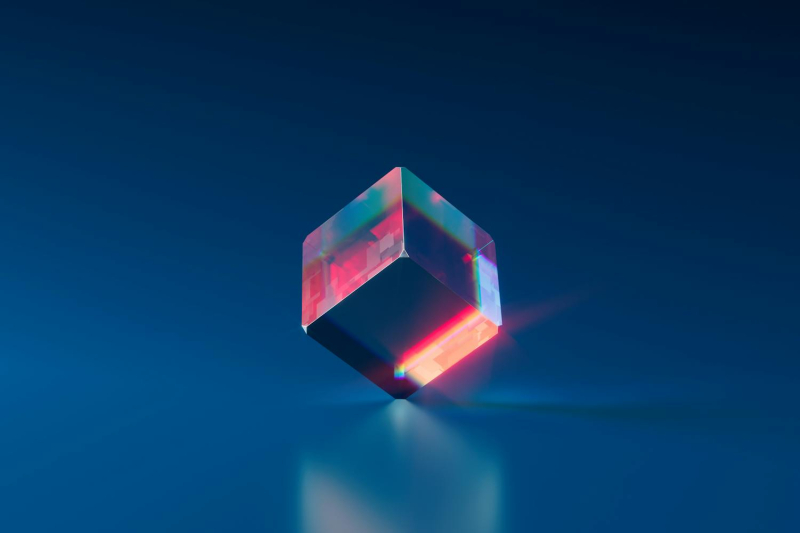
© Rostislav Uzunov/Pexels
The formation of diamonds is a natural process spanning several billion years. « Formed at depth, diamonds are transported to the Earth's surface thanks to magmas called kimberlites  ;» Futura Sciences explains to us. Although the production of synthetic diamond dates back to the 1950s, the speed of the process remained its biggest weakness. Indeed, several days, even several weeks were still necessary, using a gigantic press or the CVD (Chemical Vapor Deposition) method, using plasma.
A team of researchers from the Korean Institute of Basic Science has just shaken up this field by proposing an innovative method capable of producing diamonds in less than two hours, and at ambient pressure! They published their results on April 24 in the journal Nature.
The recipe: liquid metals and very high temperatures
Exit the infernal machines exerting colossal pressures! This new method is based on a clever mixture of liquid metals. While relatively high temperatures remain necessary (around 1 025°C), the team managed to produce a continuous diamond film in just 150 minutes, and at ambient atmospheric pressure, tens of thousands of times less than the pressure usually required. A real feat!
« We discovered a method for growing diamonds at atmospheric pressure and moderate temperature using an alloy of liquid metals ,” the researchers explain in their publication.
In reality, this advance is based on a concept already explored in the past, notably by General Electric. Dating back half a century, it used molten iron sulfide to dissolve carbon and promote the formation of diamonds. A technique which still required the application of pressure of the order of 5 to 6 gigapascals, and which required the presence of a small quantity of diamond in order to initiate crystallization.
Harnessing the power of metal alloys
The process lies in a precise alchemy, < strong>a carefully measured mixturenickel, iron, gallium and silicon in liquid form. This metallic cocktail is then placed in a vacuum system specially designed for the occasion, located inside a graphite box. Everything is subjected to a rapid heating and cooling cycle, while being exposed to a mixture of methane and hydrogen.
This process creates conditions favorable to the diffusion of carbon atoms from methane in the molten metal. This then forms spawning sites for future diamonds, the first fragments of which begin to crystallize on the surface of the liquid metal in just 15 minutes. By extending the operation for two and a half hours, the researchers then obtained a continuous film of diamond.
Very promising potential
The process would still require some adjustments, as the carbon concentration tends to weaken a few hundred nanometers below the surface of the film. However, the researchers are confident and believe that optimization of the process is possible. “ Simple modifications could allow diamonds to grow over a much larger area ,” they explain.
Even though this optimization will undoubtedly require time and additional research, the researchers are optimistic about the potential of their discovery. Currently, the methods used to produce most synthetic diamonds are very time-consuming and energy-intensive. The latter are used in electronics, in industrial tools, in the medical field and even in quantum computers.
If this new technique confirms its potential, the manufacture of diamonds could experience a real revolution: faster, easier to implement and much less energy intensive. This would necessarily result in a substantial reduction in the manufacturing costs of this highly sought-after mineral. The researchers responsible for this miracle see even further. “ This approach could accelerate and advance the growth of diamonds on a variety of surfaces, and perhaps even facilitate the fabrication of diamonds from diamond particles » they conclude. Well done to them!
- Researchers at the Korea Institute of Basic Science have succeeded in creating synthetic diamond using a completely new method.
- Using an alloy of metals, they managed to recreate this mineral in two hours.
- A discovery with very high potential, which could revolutionize current design techniques of synthetic diamonds.
📍 To not miss any news from Presse-citron, follow us on Google News and WhatsApp.
[ ]

